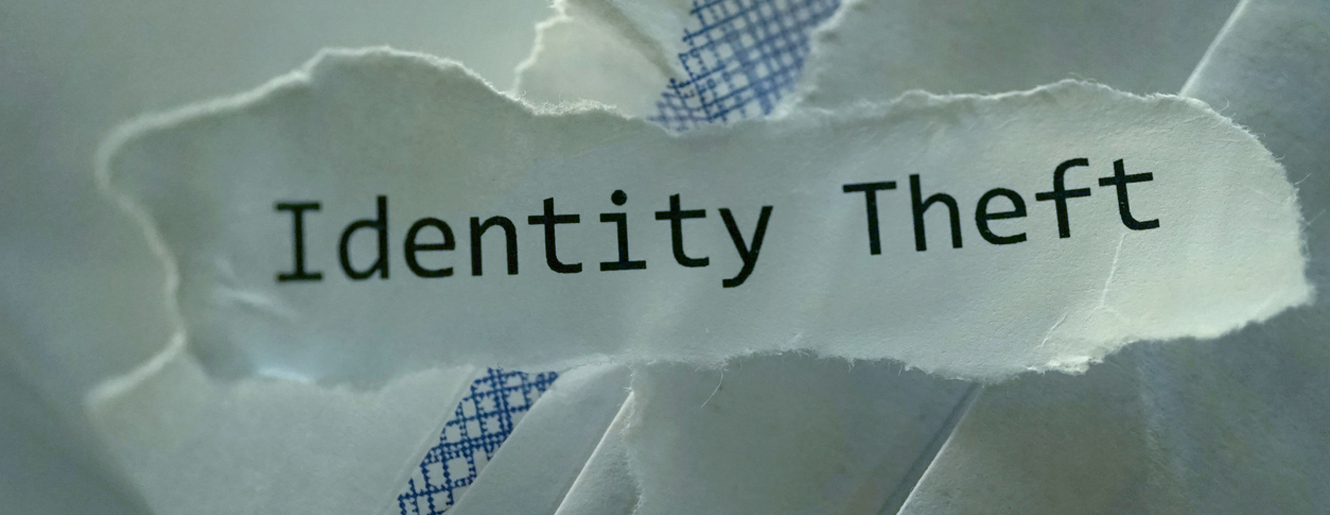
Protecting Your Identity Tips
Below is information to help you protect your identity.
- Be aware of spoofing, phishing, spear fishing, vishing, caller ID spoofing, and other email security threats. Go to ‘How to Recognize and Avoid Phishing Scams’ for more information on phishing.
- Make sure your computers and mobile devices are fully patched. It's highly recommended you turn on the automatic installation feature for software updates.
- Use a firewall. Use a firewall or any of the top-name internet security vendor products.
- At home, keep your personal information in a safe place. Don't keep passwords and PINs (personal identification numbers) near your checkbook, debit or credit card.
- Create emergency phone lists with names, account numbers, phone numbers to contact should your credit/debit cards or information be stolen or compromised.
- Do not give out information such as a checking account number, credit card numbers, your date of birth, passwords/PINs, mother's maiden name, and especially your social security number over the phone unless to a secure source and you initiated the call.
- When choosing a password/PIN, select one that is hard to guess.
- Avoid the last four digits of your social security number, your mother's maiden name, birth dates, names of pets, or even the name of your hometown baseball team.
- Use improved passwords with mixed numbers and upper and lower case letters.
- Include special characters (like $ and @) from above the number keys in the password. Example: Mary$Lamb5.
- Avoid using your social security number as your driver's license number or as your employer's identification number. Do not have it printed on your checks.
- Report lost and stolen checks and credit cards immediately.
- Always balance your checking and credit card statements each month. Report unauthorized transactions immediately.
- Guard your ATM receipts and your ATM Personal Identification Number (PIN) so it cannot be used to access your accounts. Don't write your PIN on your ATM/Debit card.
- Avoid using your mailbox to send outgoing mail. This guards against someone stealing your identity. Use a post office collection box or go directly to the post office to send mail.
- Shred financial solicitations, financial documents, as well as, medical and insurance statements as the information on them can be used to steal your identity. Shredding receipts and other sensitive information can avoid identity theft by "dumpster divers".
- If regular bills fail to reach you, call the company to find out why. Often identity thieves will change the address of a bill so that it will take you longer to figure out the scam.
- Find ways to "opt out" of mailing lists to reduce junk mail.
- Find ways to "opt out" of telephone solicitations such as registering your telephone numbers with the National Do Not Call Registry.
- Have your name taken off mailing lists for pre-approved offers of credit. To do this, notify the credit bureaus at 888-5OPTOUT or (888) 567-8688 or visit optoutprescreen.com. Your one call is shared by multiple credit bureaus.
- On the Internet, avoid sending personal information like your social security number, credit card numbers, address, passwords, etc. unless you are sure it is a reliable recipient and that the communication line is encrypted.
- Visit USA.GOV for detailed information about identity theft and how to protect yourself.

